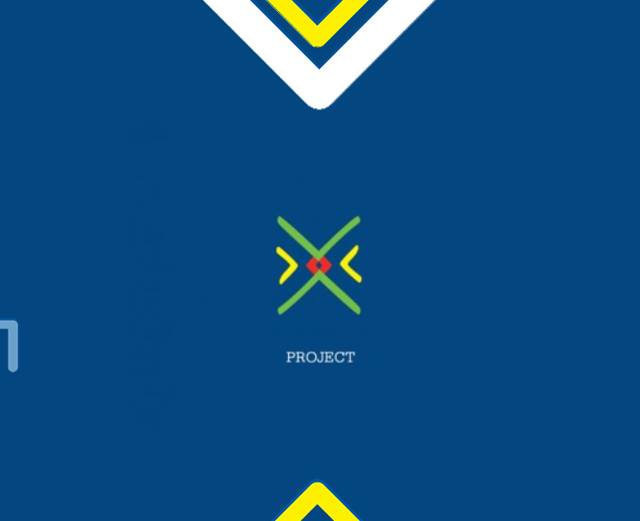
Our Projects are
Transforming African Trade
Quick Contacts
2nd Floor, Fidelity Insurance Centre Waiyaki Way, Westlands
Updated July 2020
Under Strategy one, TradeMark Africa (TMA) supported EAC Partner States to implement a number of trade reforms around the Single Customs Territory (SCT); undertake improvements in trade facilitation infrastructure at ports of Mombasa and Dar-es-Salaam; connect roads and border posts; improve customs efficiency and harmonisation of trade standards and creation of a reporting framework for non-tariff barriers. TMA also provided hands-on assistance in building capacity of its implementing partners to develop project monitoring and implementation frameworks. More importantly, TMA’s governance model of National Oversight Committees and national presence in all the EAC Partner States, provide an opportunity for its partners to proactively engage in programme delivery, and affords them ownership and the ability to sustain projects upon closure.
Results of TMA Strategy 1 interventions have been positive. Clearance of cargo along the Northern Corridor reduced from 21 days to between 4 and 6 days from Mombasa to Kigali; and from 18 days to 3 to 4 days from Mombasa to Kampala. The time to resolve non-tarrif barrier (NTB) related cases reduced from an average 34 to 8 months per NTB reported; while more than 170 product standards related to 40% of the key top 20 products traded across the EAC region have been harmonized.
The overall outcome of the Trade Policy Programme is to support the EAC Secretariat and Partner States towards an Improved Trade Regulatory Environment and contribute to the reduction of trade barriers and improved business competitiveness in the region.
To achieve this, four interrelated interventions are proposed:
This formative evaluation gauges progress of TMEA’s NTB projects (5 projects at the country level and 1 project at the regional level) in reducing the time taken and costs involved in trading along the key corridors in East Africa. It follows the 5 OECD-DAC evaluation criteria of relevance, effectiveness, efficiency,...


There is need to build sustainable Quality Systems at the national and regional levels in the EAC to support the implementation of the EAC Common Market, leading to increased intra-EAC trade, and increase in agricultural exports from the EAC region.


Enhance the capacity of the National Monitoring Committee and other institutions involved in the elimination of NTB’s that affect imports into and exports out of Rwanda in the context of the EAC Time-Bound Program for Elimination of NTB’s


Kenya Bureau of Standards (KEBS) simplify and increase the transparency of import/export procedures; producers improve the quality of products produced; bureau of standards staff and producers improve their understanding of standards and requirements. Together, the results leads to national bureau of standards improve efficiency and effectiveness of testing.


This formative evaluation gauges progress of TMEA’s NTB projects (5 projects at the country level and 1 project at the regional level) in reducing the time taken and costs involved in trading along the key corridors in East Africa. It follows the 5 OECD-DAC evaluation criteria of relevance, effectiveness, efficiency,...

